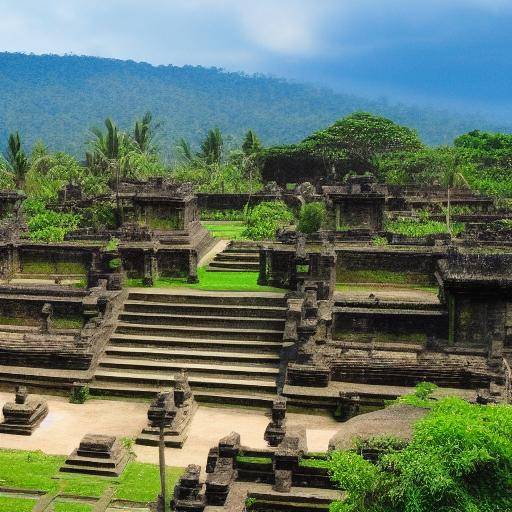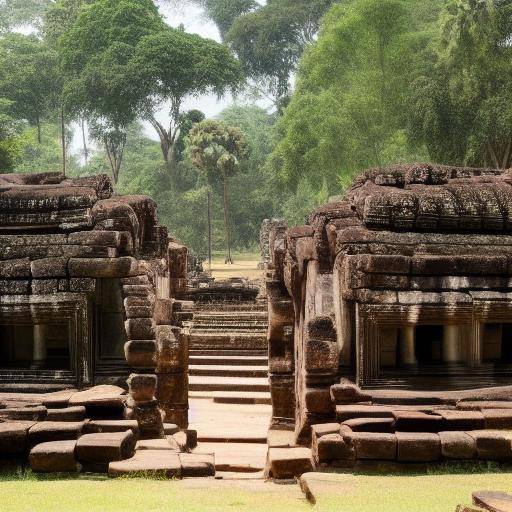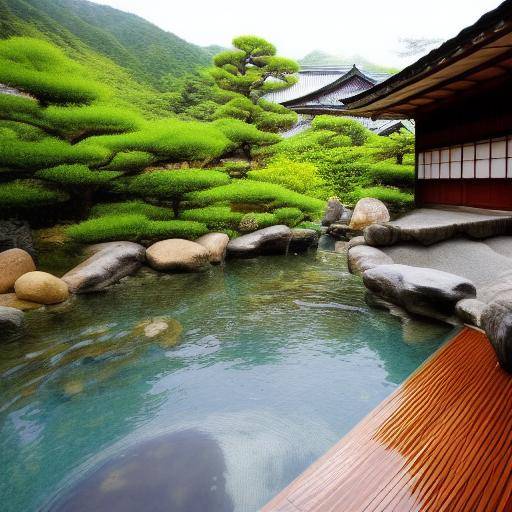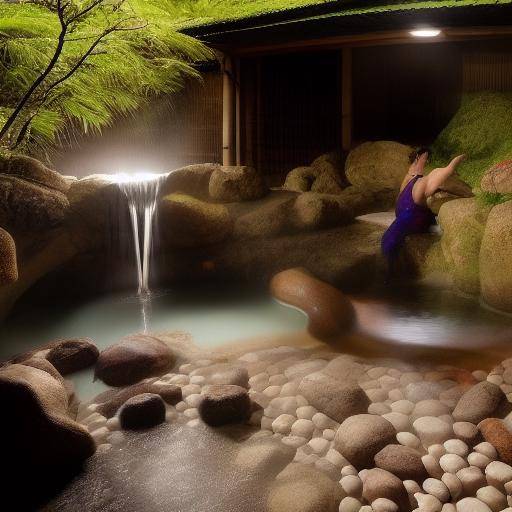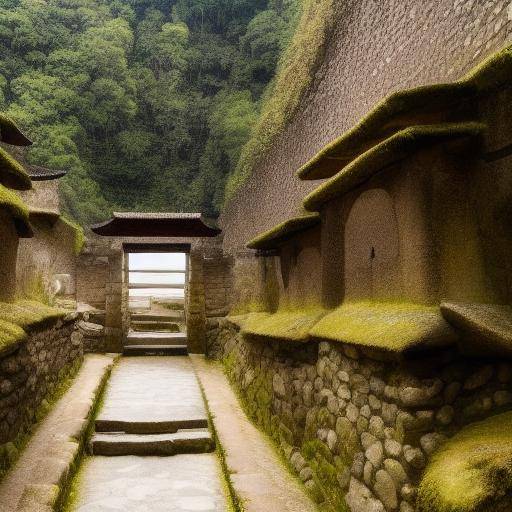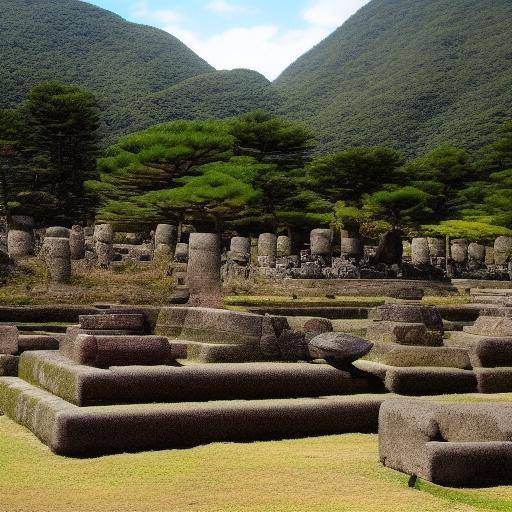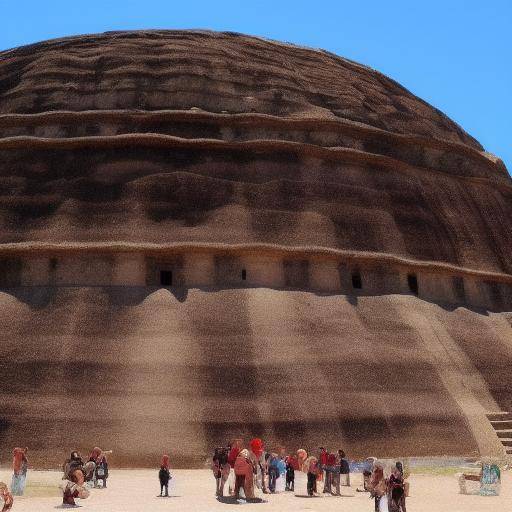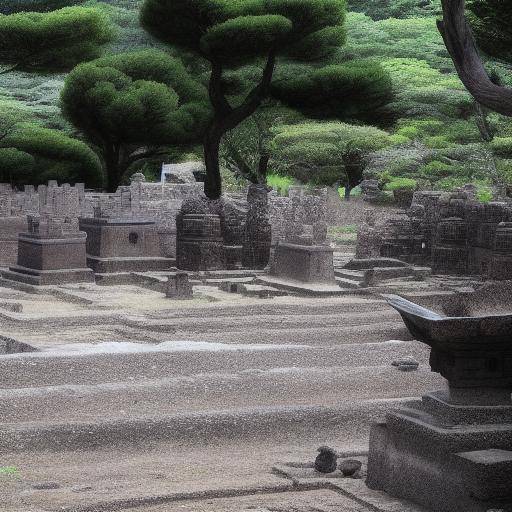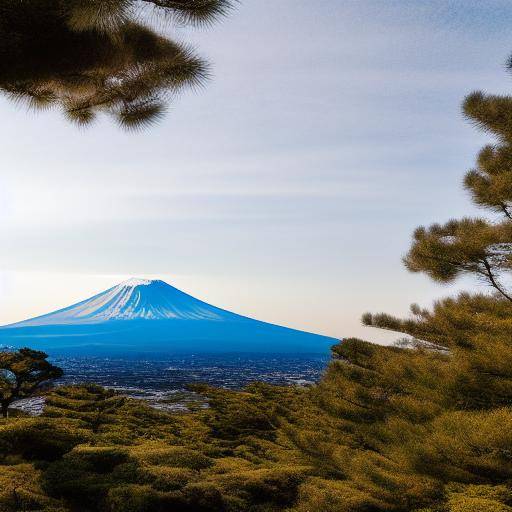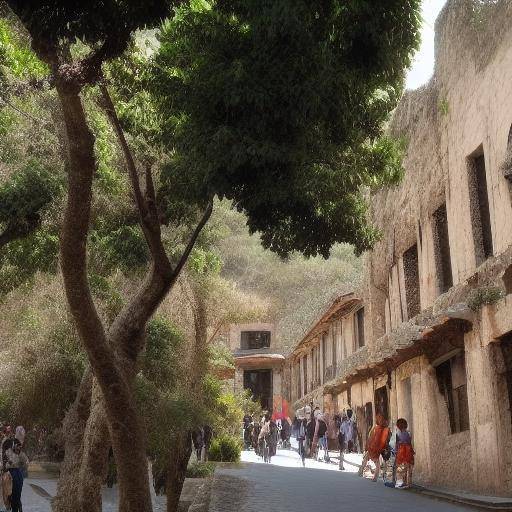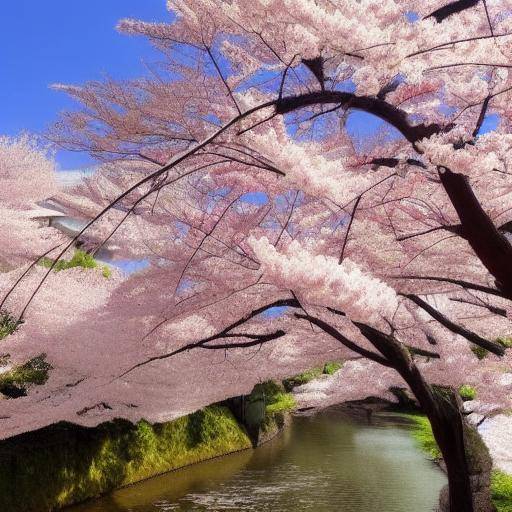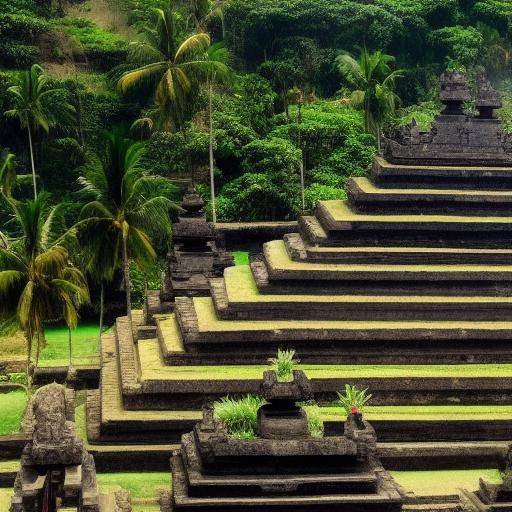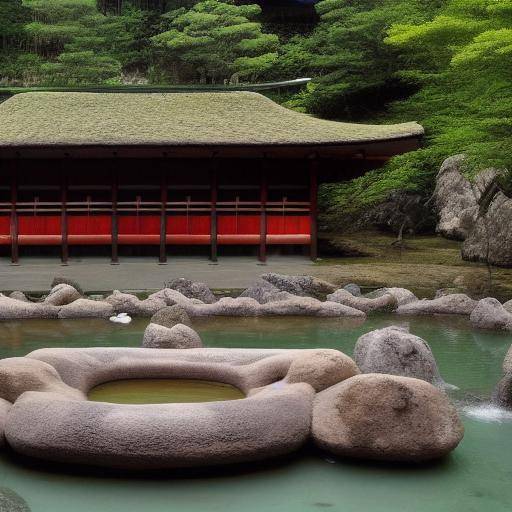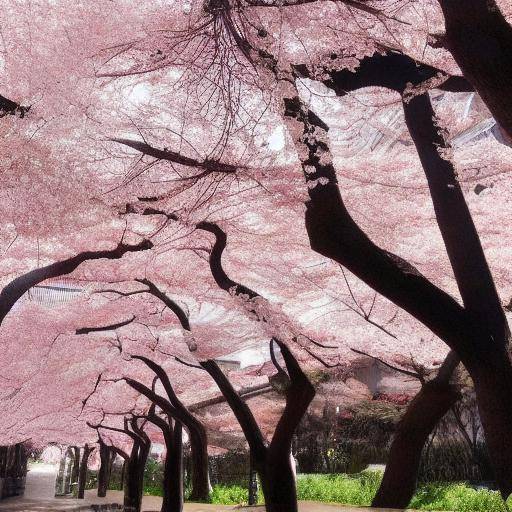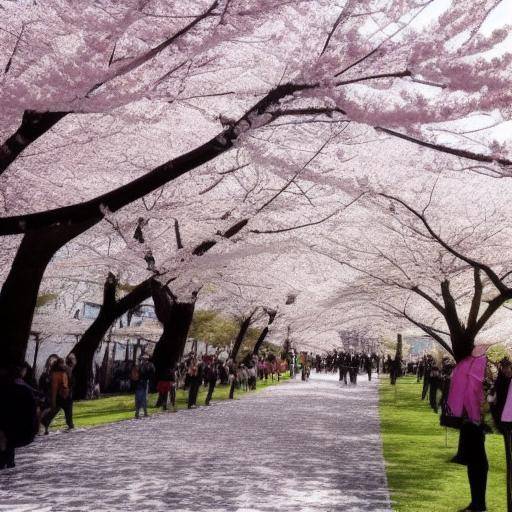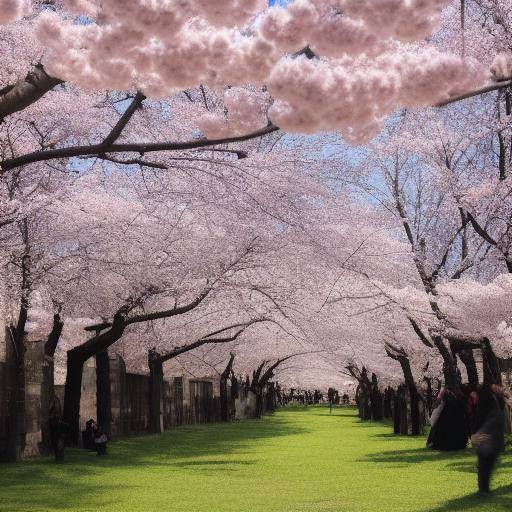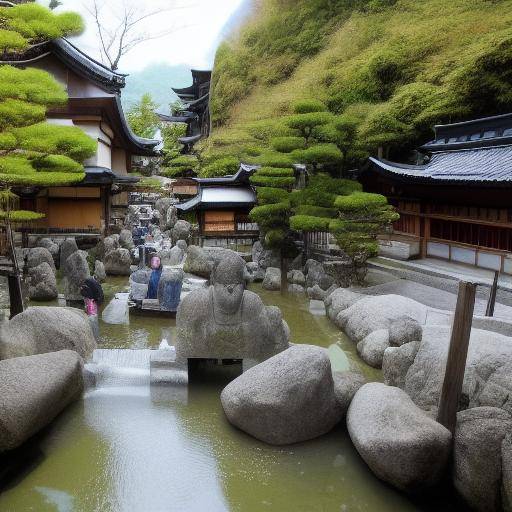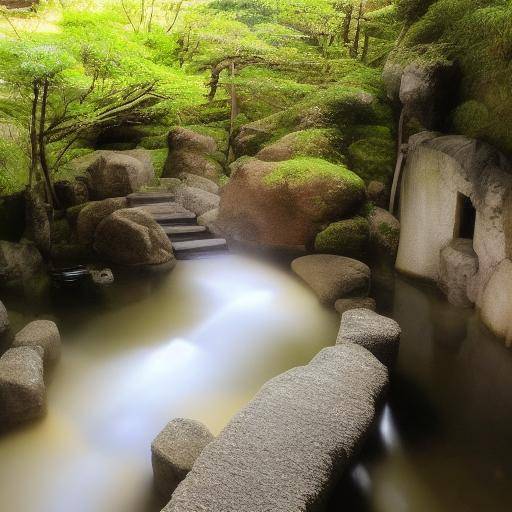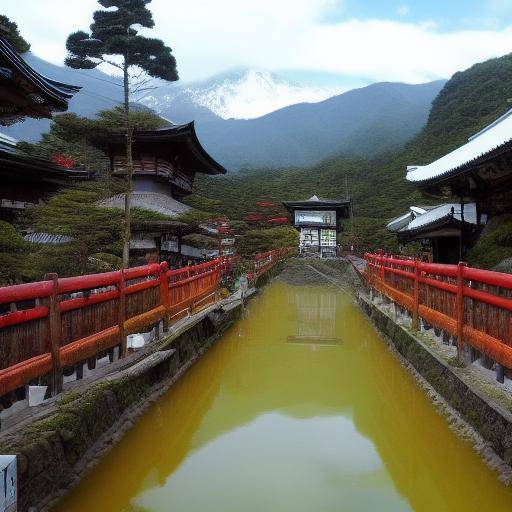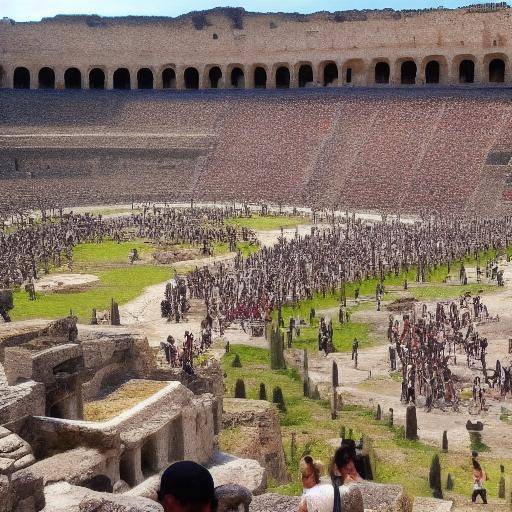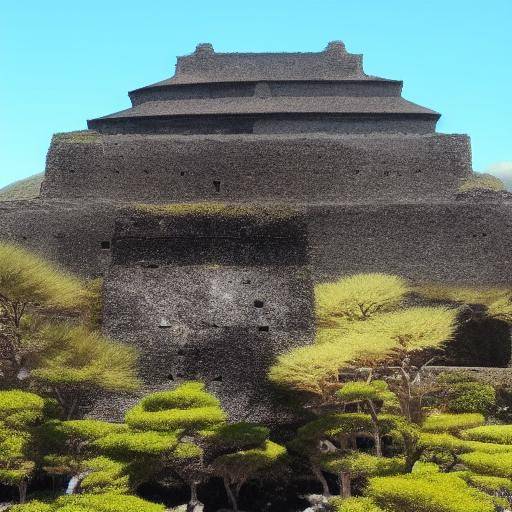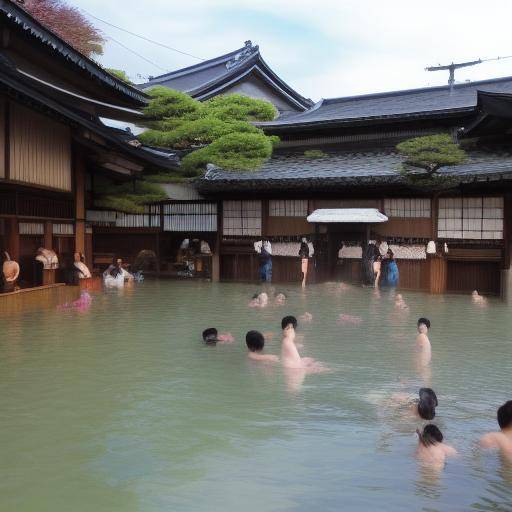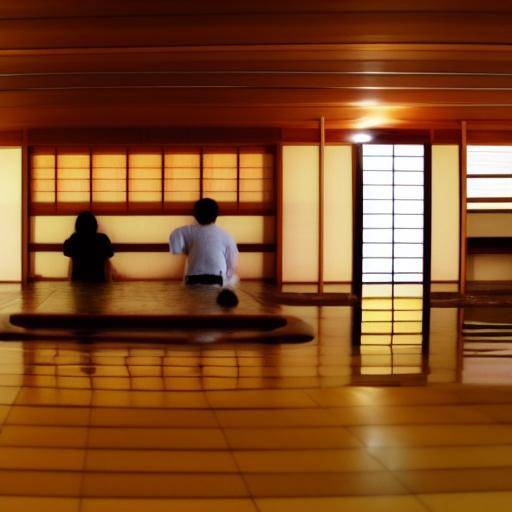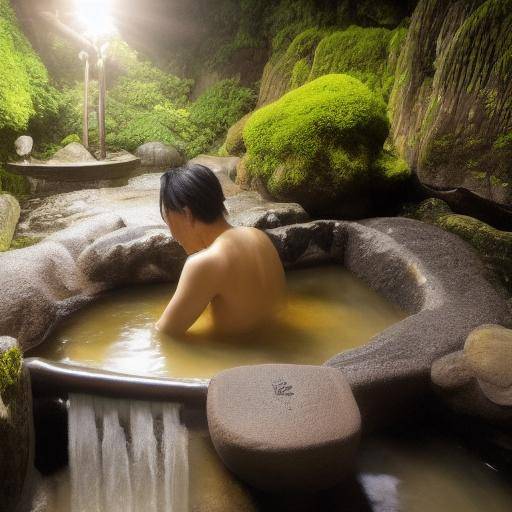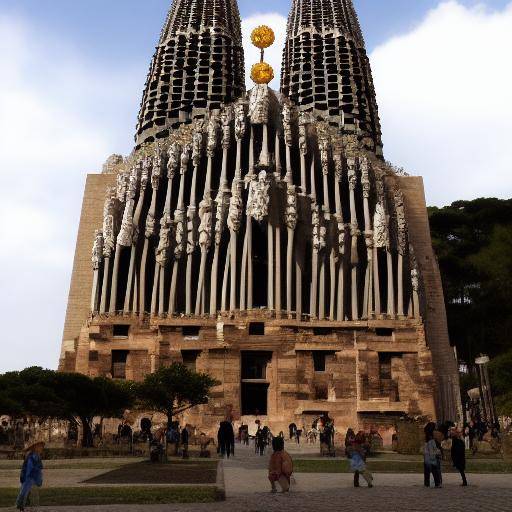
The charm of Kyoto, the rich history of its temples and the profound influence of the sacred architecture in Japanese culture are elements that intertwine to offer a unique experience. In this article, we will explore how the temples of Kyoto have shaped Japan's history and identity, from its spiritual significance to its impact on contemporary architecture and society. Through a journey through these magnificent sacred sites, we will discover the very essence of Japanese beauty and tradition.
Introduction
The city of Kyoto, known as the "Imperial Capital", hosts a large concentration of temples that have resisted the passage of time and have played a vital role in the configuration of Japanese culture. These sacred places enclose centuries of history, tradition and spirituality, and their unique architecture reflects the profound connection between the divine and the human. Through the exploration of the temples of Kyoto, we can open a window to the rich spiritual and cultural heritage of Japan.
History and Background
The temples of Kyoto date from ancient times, with some of them re-assembling the Heian period (794-1185), when Kyoto was the imperial capital of Japan. The construction of these temples was intrinsically linked to the expression of the spirituality and veneration of the gods. Throughout the centuries, the architecture and iconography of the temples have evolved, reflecting both Buddhist and symptoistic influences, which are the two main religious traditions of Japan.
During the medieval period, Kyoto flourished as the epicenter of culture, art and spirituality, and temples played a crucial role in promoting these expressions. Buddhist temples such as Kinkaku-ji ( Golden Pavilion) and Ginkaku-ji ( Plated Pavilion) became emblems of Japanese aesthetics and creativity, influencing fields such as gardening, painting and domestic architecture.
Analysis in Deep
The impact of the temples of Kyoto goes beyond the purely spiritual and aesthetic. These sacred sites play a vital role in the promotion of tourism and cultural heritage in Japan. Religious tourism is an integral part of the experience of visiting Kyoto, attracting millions of visitors every year and contributing significantly to the local economy.
In addition, the architecture and design of the temples of Kyoto have influenced contemporary aesthetics and urban planning, serving as sources of inspiration for architects and designers from around the world. The fusion between the old and the modern is reflected in the incorporation of traditional elements in contemporary architecture, which demonstrates the perdurability and relevance of the influence of the temples of Kyoto in the current design.
Comprehensive review
The temples of Kyoto are part of a complex embedded in spiritual and cultural traditions that define Japanese identity. Its role goes beyond the architectural and aesthetic, contributing to the formation of moral values, ritual practices and festivals that enrich the daily lives of the Japanese. This indivisible connection between the divine and the human is a fundamental aspect of Japanese cosmovision and is reflected in the care and preservation of these sacred shrines.
Comparative analysis
Symbiosis between Kyoto, temples and Japanese culture is a unique manifestation of the interrelationship between man and transcendent. While Kyoto serves as a witness to Japan's history and cultural splendour, the temples encapsulate the very essence of Japanese spirituality, merging the spiritual with the material, creating a legacy that lasts throughout the centuries.
Practical Tips and Accessible Recommendations
When visiting the temples of Kyoto, it is important to show respect and consideration for Japanese culture and spirituality. Here are some practical tips to enjoy the most of the experience:
- Get dressed properly: When you visit temples in Kyoto, it is advisable to dress you respectfully, avoiding too revealing garments.
- Practice silence and contemplation: The temples are places of worship and reflection. Respect the environment and avoid unnecessary noise.
- Participate in rituals and ceremonies: Some temples offer the opportunity to participate in ceremonies or rituals. Take the opportunity to immerse yourself in local spirituality and traditions.
- Respect the rules and signs: Follow the directions and norms of each temple. This includes rules on photography, behavior within buildings and waste management.
- Learn about history and meaning: Before your visit, research the history and meaning of the temples you plan to visit. This will enrich your experience and understanding.
Perceptions of Industry and Expert Reviews
The impact of the temples of Kyoto transcends physical borders and has a global reach in terms of cultural and spiritual influence. Experts on architecture, anthropology, art history and spirituality have highlighted the importance of these temples as cultural and architectural landmarks. Their views and perceptions have helped to enrich our understanding of the intersection between the sacred and the profane in Japanese society.
Case Studies and Real Life Applications
The influence of the architecture and spirituality of the temples of Kyoto extends to various fields, from contemporary architectural design to individual spiritual practice. Case studies that analyze the impact of temples on urban design, the preservation of heritage and the psychology of sacred space have revealed a wealth of practical and theoretical applications.
Future Trends and Predictions
As Japan advances towards the future, the temples of Kyoto are expected to remain relevant as centres of spirituality, culture and heritage. Similarly, the influence of its architecture and philosophy is expected to contribute to the evolution of the field of sustainable architecture, conscious urban planning and the preservation of cultural heritage.
Conclusion
The temples of Kyoto, with its architectural splendour and profound spiritual significance, are pillars that support Japan's history and culture. More than simple stone structures, they represent the synthesis of the material and the spiritual, the old and the modern. In exploring the influence of these temples, a spectacular upholstery of Japanese history and its continuous impact on the present and the future is displayed before us.
Frequently asked questions
1. What is the most famous temple in Kyoto?
The Kinkaku-ji Temple, known as the Golden Pavilion, is one of the most famous and visited temples in Kyoto, recognized by its structure covered with gold foils.
2. What difference does the Buddhist temples of the Syntoists make in Kyoto?
Buddhist temples are characterised by their Buddha statues and focus on Buddha's teachings, while the Shinto shrines are dedicated to the gods and animist spirituality.
3. What is the best time to visit the temples of Kyoto?
The spring, during the flowering of the cherry trees, and the autumn, during the change of colors of the leaves, are especially popular times due to the scenic beauty offered by the temples at that time.
4. Is it allowed to take photographs inside the temples of Kyoto?
In general, it is forbidden to take photographs within the main buildings of the temples for respect for religious practices. However, in designated and outdoor areas, photographs are usually allowed.
5. What is the cultural importance of the temples of Kyoto today?
The temples of Kyoto remain centers of cultural activity, such as festivals, traditional ceremonies and art exhibitions, keeping alive Japan's rich cultural heritage.
6. How do Kyoto temples influence contemporary urban planning?
The aesthetics and design of the temples of Kyoto have inspired contemporary architecture and urban planning, promoting harmony with nature and the integration of traditional elements into modern environments.



